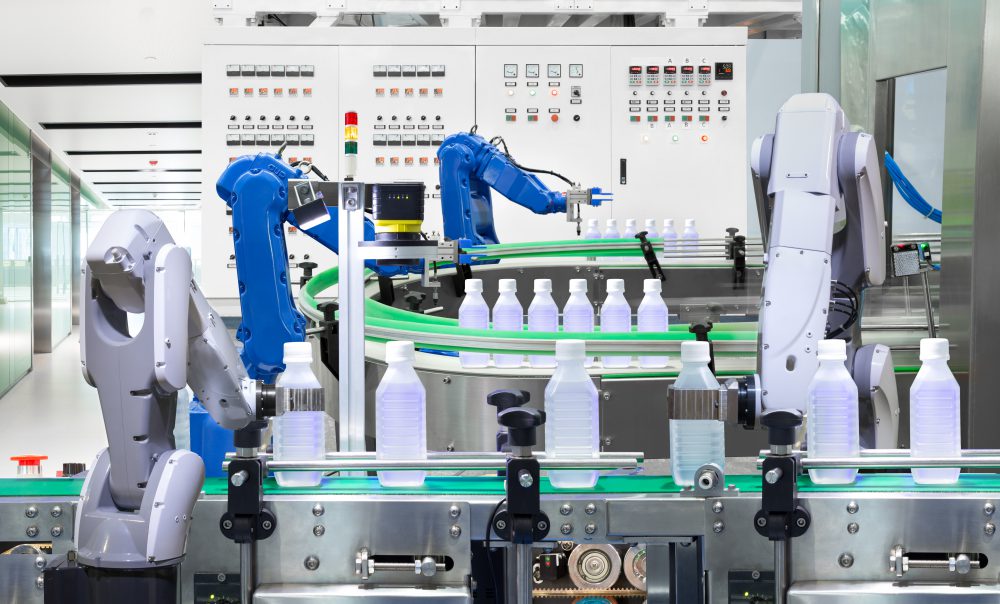A growing number of food and beverage processing facilities are investing in robotics and automation, as the technology continues to advance and costs continue to normalize. These tools can be a game-changer for many businesses, offering benefits such as reduced operating costs, upped throughput and increased food and worker safety.
That said, such a significant investment requires careful implementation. Before incorporating robotics into your facility, consider these important best practices to ensure you invest wisely and efficiently.
1. Consider necessary specifications in advance
Selecting robots is a case-by-case process that largely depends on the particular needs of a manufacturer, but I often advise owners to consider many factors before selecting equipment for their facility, such as:
- Level of robot accuracy
- Level of robot repeatability
- Maintenance objectives
- Product dimensions
- Product materials
- Product temperatures
- Product throughput requirements
- Product weight
It’s also important to understand how incoming product needs to be positioned and located before entering the robot’s work cell. I recommend compiling this information before engaging an equipment supplier. They will likely need additional details, but providing this basic information up front can save time and make the process more efficient.
2. Determine the type of robot you need
When it comes to the robot itself, there several types to choose from. Do you need a cartesian coordinate (linear) robot? A delta robot? A robotic arm? Consider these factors to determine the type of machine you need:
- Accuracy
- Available space on the plant floor
- Distance of product movement
- Gripping requirements (more on this below)
- Maintenance needs
Consulting an experienced partner can help you efficiently determine the best robot(s) to meet your product needs, manufacturing goals and budget.
3. Ensure the robot has appropriate end-of-arm tooling
End-of-arm tooling (EOAT) options, or grippers, vary depending on the type of product the robot is interacting with. At Stellar, we often work with robotics vendors to determine the best solution for a client’s particular application.
Common EOAT options include:
- Bellows: ideal for handling cylindrical items
- Fingers: used for many different applications, particularly for sensitive products
- Jaws: typically specified for more rigid products
- Switchable magnets: appropriate for metallic items
- Vacuum cups: offer a proper grip and transfer for a variety of products
Of course, the ideal type of gripper depends on your specific product, but the main determining factor is rigidity. A softer product, such as a baked good, requires EOAT that is functional and sensitive enough to handle the product. For example, vacuum suction may not work for a porous baked good since the necessary amount of suction would damage the product.
If a unique product hasn’t been proven with robotics in the past, we run simulations and demonstrations with equipment suppliers to determine a robotics configuration to meet a client’s throughput demands.
4. Conduct robot cell simulation for a clearer, long-term picture
We often help clients better understand how a particular robot will perform under their production conditions before they invest in the equipment. We can input a manufacturer’s specific parameters into a specialized software that simulates the picking and placement of the product. We can then pinpoint which components of the robot are under the most stress and when the robot would need maintenance over time.
This type of simulation is a huge benefit for owners because it can be hard to understand how a robot will perform over an extended period of time when performing simple product testing at an equipment supplier’s facility. The robot cell simulation can provide future projections to help owners make a more informed decision.
Additionally, if one particular section of the robot is under extreme stress, our team can give the process engineer a “heads up” and determine if another long-term solution might be better. The simulation can’t predict exactly when something will shut down, but it can paint a clearer picture of the kinds of stresses the equipment will be operating under in a particular facility.
5. Ensure software and network integration across all systems and robots
Finally, it’s important to standardize what kind of network protocols you will have in place across your entire facility. Making this uniform aids in commissioning, helps with future troubleshooting and makes life easier for the plant personnel who will be working with the robots on a daily basis.
By integrating all of your software and control systems up front, you’ll ensure that all of your equipment is compatible and “speaking the same language.” You don’t want your robots to be on a different platform and protocol than the rest of your plant’s IT infrastructure — that’s inviting headaches.
Have questions? Wondering what robotics are right for your facility? Leave a comment here or email me at foodforthought@stellar.net



